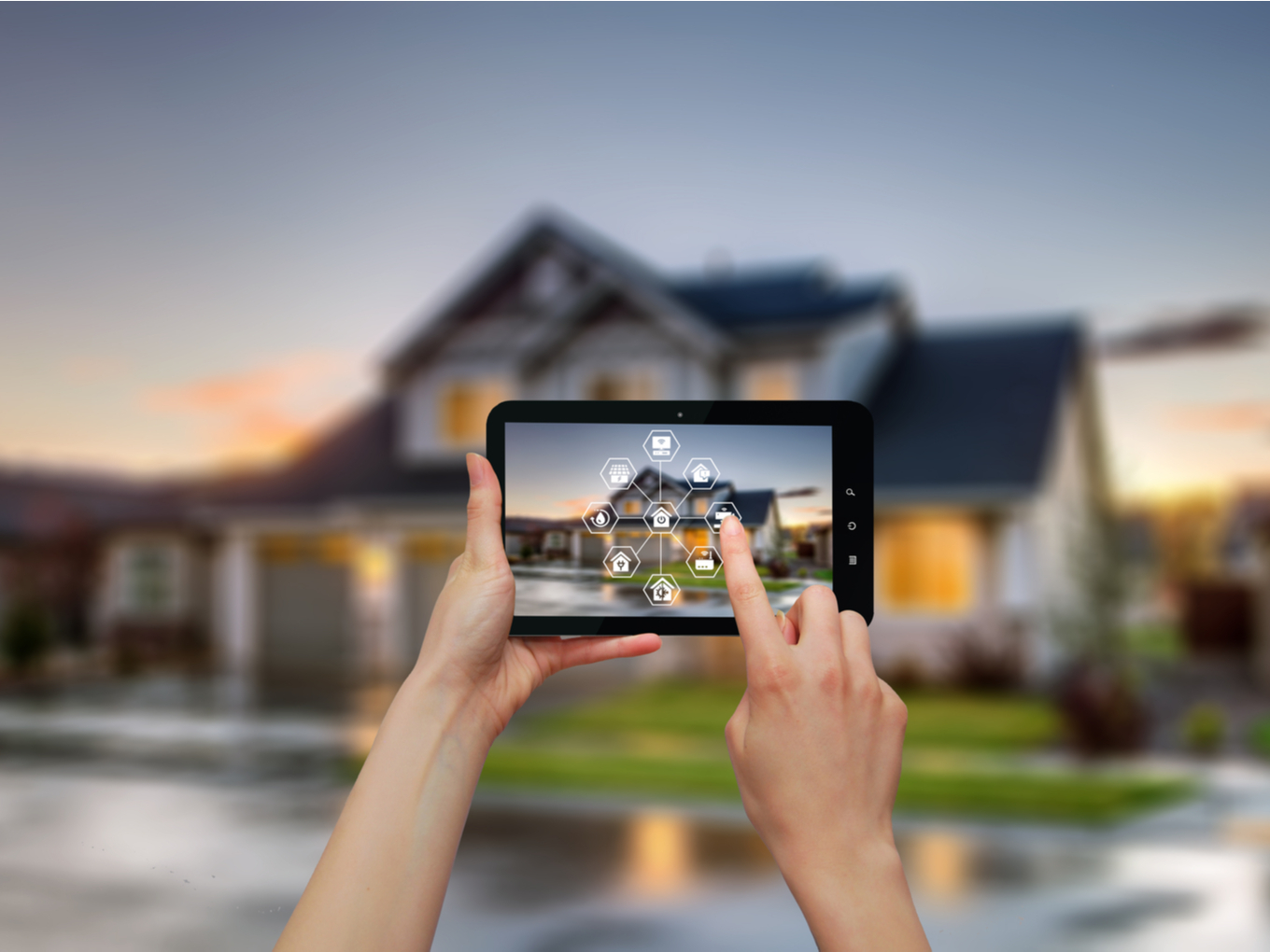
In this epoch of the Fourth Industrial Revolution, we are observing rapid movements of the world towards Artificial Intelligence. The dependency on this contrived technology can be evaluated when you spot someone driving a self-automated car or taking help of proactive health care management. People are getting attracted and addicted to the digital world and one of its specimens is Home Automation. Home Automation is a fascinating system which furnishes you with automatic lights, automatic door lock, smart security cameras, automatic heating and cooling, etc. As this list is almost never ending and continuously alluring this whole generation, young entrepreneurs are also discovering new opportunities in this segment.
The Reason Behind New Entrepreneurs Interest in Home Automation
According to a report by Allied Market Research, the market of home automation is expecting an increase of 29.8% by 2026 in India. This number is quite motivating for new startup operators, who are taking steps towards this industry. The rapid increase in demand for smart homes is giving birth to new suppliers. Even in this time of pandemic, this industry is expecting a new high in next year too. Economic Times claims that globally, the number will reach $53.45 Billion by 2022. Startups in India like Home Brain, Oatker, Pico Stone, e Domotics, etc. have high hopes and are still serving their customers with ease. These firms are working day and night to promote their projects in average net worth societies and are getting good results too. People have started to invest in this innovative project.
Passage Through Hurdles And Promise To Be In Long Run
Over the last few years, this industry has gotten an ample amount of attention. In eastern countries, it has become a necessity in some areas, while in other parts, it is still considered as a luxury. In both scenarios, the limelight is not leaving this industry. Due to its increasing demand, many critics started to put questions on its electricity consumption. They even called it a ‘hazardous invention’ for the environment. But, to tackle these arguments, the inventors moved further and tried to make this technology reliable on solar energy. They started to install solar panels with each smart home system to reduce the consumption of electricity. Now, this method has proved to be a very practical approach that promises a long life to this industry.
Risks That Are Slowing The Growth Of This Industry
But where there are pros, there are cons too. The audience, this industry is getting, is either the one who have enough money to afford this smart system or the one who have passion to give their homes a smart makeover at any cost. In India, the average cost to have this ‘luxury’ is INR 3,50,000 for 3 BHK apartments, which cannot be afforded by 75-90% Indians. And, if the economy doesn’t rise then these numbers will increase. This product range comes under ‘Luxurious Items’ list in the book of Indian economics. Here, affordability matters and this factor can give a shock to startups, either new or old. Apart from financial risks, another big issue is people raising their voices against ‘too much’ power consumption by these systems. They are rigid with the idea of using solar power thoroughly. But buying and installing solar panels is not easy. Their raw material, labor and overhead expenses all are of high cost. This results in lesser revenues and higher expenditures. So, precisely it’s not only an environmental issue but also a big matter of concern for business itself.
The home automation industry is a growing industry which has alluring factors to entice its customers. But still it is needed to be cost-efficient for the long-run. People in India are welcoming it with open arms. They are reconsidering the idea of living in a smart home. The only factor which is giving them hesitation is the price tag attached with it . The startup operators should see this sign as their cue to move forward by keeping the price-sensitive audience in mind. This change shall be a revolution in one of it’s kind but the thing to observe is how much time it will take.
The post What Does The Future Of Home Automation Look Like? appeared first on Inc42 Media.
0 Comments